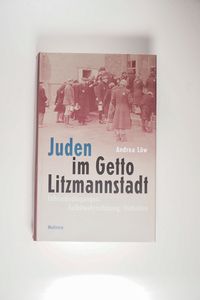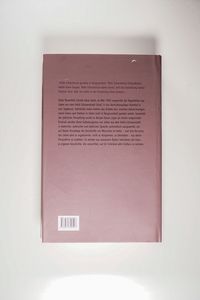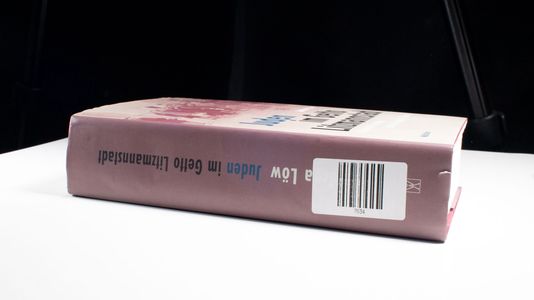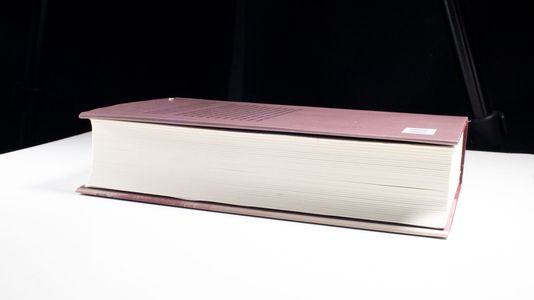
Juden im Getto Litzmannstadt - Lebensbedingungen, Selbstwahrnehmung, Verhalten
Netto: 13.36 €14,30€
inkl. MwSt. zzgl. Versand
Bearbeitungszeit: 3 Werktage
Sofort lieferbar (auf Lager)
1x Stück verfügbar
Buchzusammenfassung:
In spring 1940, ca. 160,000 Jews of Łódź were interned in the ghetto. Mordechai Chaim Rumkowski was appointed by the Nazis as head of the Judenrat. Focuses on how the Jews coped with their situation and carried on their daily lives, giving details based on diaries, memoirs, and the ghetto press. Cultural life continued to exist, including theater performances, concerts, etc. In fall 1941, ca. 20,000 Jews from Vienna, Prague, and Luxembourg were brought to the ghetto. Due to cultural and religious differences, their integration into the ghettos social life failed. In January 1942 the deportations began, organized by Rumkowski and the Jewish police. By September 1942 the children, the elderly, and the sick had all been deported to Kulmhof (Chełmno), and the ghetto became a labor camp. The fact that 90% of the remaining 90,000 Jews were incorporated into the labor force saved them temporarily from deportation, but Rumkowskis illusion of autonomy failed. The ghetto was liquidated in August 1944 and most of the Jews were deported to Auschwitz. Only 5,000-7,000 Jews from the ghetto survived.





